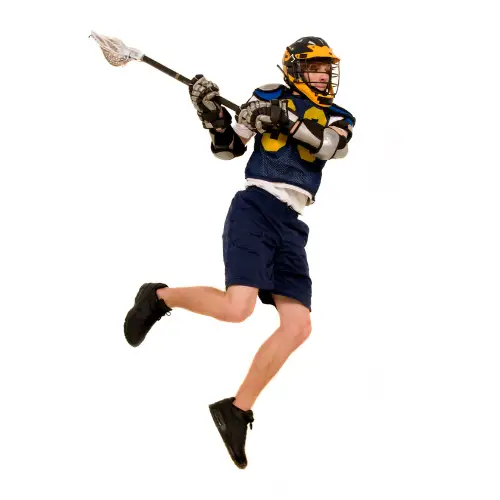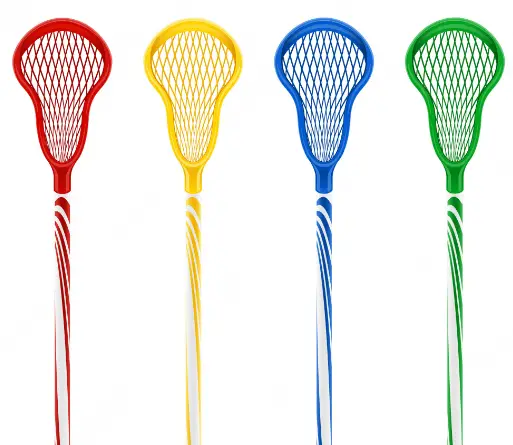Lacrosse is a fast-paced and physical sport that requires players to have a high level of skill and athleticism. However, with the speed and physicality of the game comes the potential for penalties, one of which is known as a warding penalty.
A warding penalty in lacrosse is a penalty called when a player uses their body or stick to illegally block or impede the movement of an opponent. This can include using their body to shield the ball from an opponent, using their stick to hook or push an opponent, or using their stick to impede an opponent’s ability to move. The penalty results in a turnover and the opposing team are given possession of the ball.
In this article, we will explore what a warding penalty is, how it is enforced, and the consequences of committing this infraction on the field. From understanding the rules of the game to knowing how to avoid committing a warding penalty, this article will provide valuable information for both players and coaches. Whether you’re new to the sport or a seasoned veteran, understanding the warding penalty is essential for success on the lacrosse field.
What Is The Consequence Of Warding In Lacrosse?
Warding in lacrosse refers to the act of using one’s body or stick to block or impede the movement of an opposing player. It is a common tactic used by defenders to disrupt the offensive flow of the game and prevent the opposing team from scoring.
The consequence of warding in lacrosse is that it can result in a penalty or a turnover if done incorrectly. If a player uses their body or stick to make contact with an opposing player in a dangerous or illegal manner, they may be called for a personal foul or a cross-checking penalty. This results in the opposing team being awarded possession of the ball and a free shot on goal.
Additionally, if a player uses warding to push, hold, or grab an opposing player, they may be called for a pushing or holding penalty, which also results in a turnover and a free shot on goal for the opposing team.
On the other hand, if a player uses warding in a legal and effective manner, it can be a valuable defensive tool and can help their team to maintain possession of the ball and prevent the opposing team from scoring.
Why Is It Important To Understand The Warding Penalty In Lacrosse?
Understanding the warding penalty in lacrosse is important for several reasons.
First, it helps players to avoid committing this penalty during a game, which can result in a turnover for the opposing team. This can be costly and potentially change the outcome of the game.
Secondly, understanding the warding penalty can help players to recognize when their opponents are committing this violation and take advantage of the opportunity by gaining possession of the ball.
Additionally, understanding the warding penalty can help players to develop proper technique and body positioning when defending or attacking. This can improve their overall performance on the field and contribute to the success of the team.
How To Avoid Warding Penalties
- Keep your stick below the waist: Warding penalties are called when a player uses their stick to block or impede the progress of an opposing player above the waist. To avoid this penalty, ensure that your stick is always below the waist when defending.
- Use proper body positioning: Warding penalties are also called when a player uses their body to block or impede the progress of an opposing player. To avoid this penalty, use proper body positioning and footwork to defend without using your body to impede the opposing player.
- Avoid reaching or extending your stick: Reaching or extending your stick to block or impede the progress of an opposing player is also a warding penalty. To avoid this penalty, keep your stick close to your body and avoid reaching out to make contact with the opposing player.
- Be aware of the rules: Understand the rules of warding and be aware of when you may be committing a penalty. If you are unsure, ask your coach or a referee for clarification.
- Practice good sportsmanship: Remember that lacrosse is a sport that emphasizes good sportsmanship and respect for the rules. Avoid committing warding penalties and always play the game with integrity.
Conclusion
A warding penalty in lacrosse is a penalty that is given to a player who uses their body or stick in a manner that impedes the progress of an opposing player without making a legal play on the ball. This can include pushing, holding, or using their body or stick to block an opponent’s movement. The penalty results in a turnover of possession to the opposing team and the offending player may also be removed from the field for a period of time.







